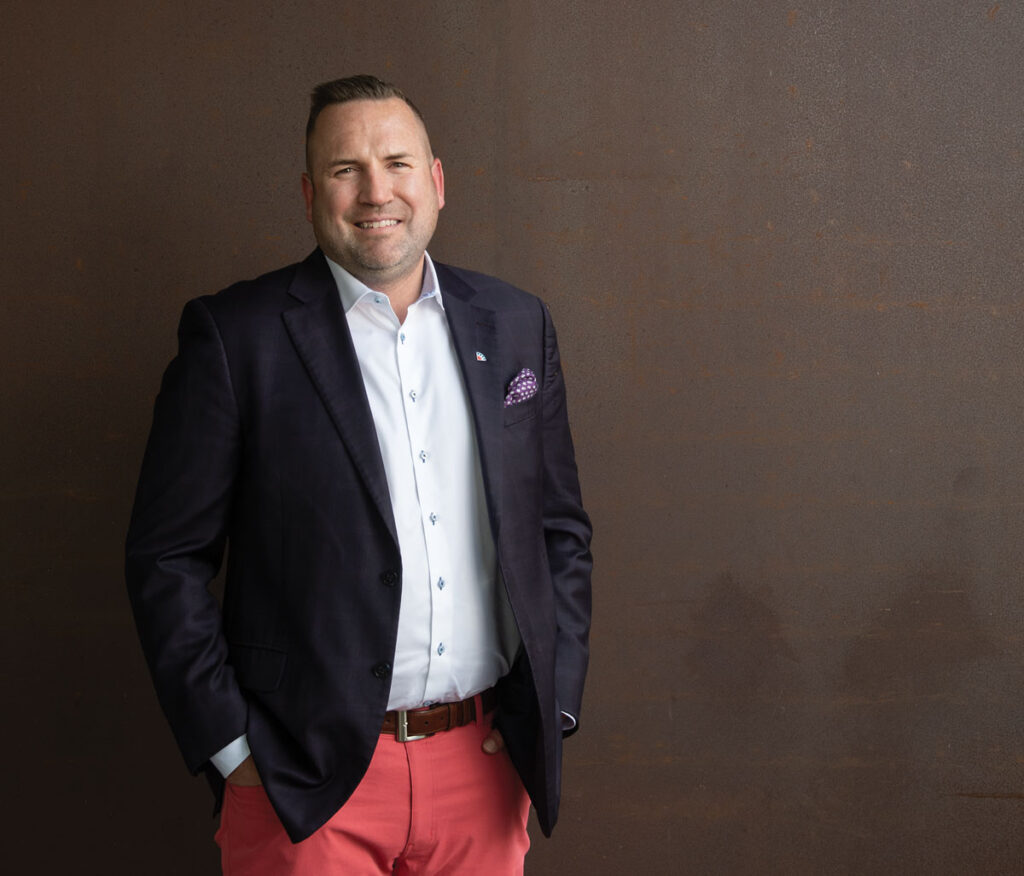MILES ON MONEY: Be careful what you wish for

As a kid, I would occasionally become stuck on something I had to have or do – and I just would not let go. My mom, sensing that things might turn out badly, would caution, “Be careful what you wish for.”
As the years have passed, I have had many opportunities to learn that lesson firsthand. A still-vivid example comes from what began as a wondrous afternoon with my cousin, Paul, at Riverview Park in Des Moines. For hours, we alternated between riding the “Flying Scooters” again and again, and stuffing ourselves with every kind of carnival food you can imagine. In the beginning, I could not have asked for more. The ending, however (let’s just say we didn’t take all that carnival food home), was not at all pleasant.
As an adult, I find it valuable to remember this adage when it comes to investing. Anyone schooled in money management learns that before you invest the first dollar for a client, you ask a series of questions, starting with “What are your investment goals? What is your time horizon? How much risk of loss are you willing to bear?”
Classical economic theory posits that this process of goal identification should be a neat and tidy process, because it views each of us as our own homo economicus or “economic man” – an entirely rational being, with a clear view of what we want and a plan for how to achieve it.
Alas, this description fits most of us mere mortals rather poorly. As investors, our objectives can be shortsighted, emotional and inconsistent over time. Why? Well, if you have ever tried to identify your own investment goals, you may well have concluded that in real life, it depends. Goals that seem clear at one point in time change with evolving circumstances. “Risk of loss” feels very different when it becomes actual loss. We can easily careen from the desire for gain (“greed”) to the fear of loss – often multiple times in the same day.
Decades of investing suggest to me that what we really want from our investments is peace of mind. Said differently, we want our investment choices to make us feel secure, and not just financially. We want them to affirm that we are smart and make good decisions. How do we get that feeling? Many ways perhaps, but chief among them are (1) not losing money and (2) making more than [fill in the blank]. If we lose money, we feel foolish. If we make money, but less than our good-for-nothing brother-in-law (or a highly customized benchmark), we feel bad because we backed the wrong horse.
What’s more – and here’s the real rub – it is hard to know our own minds well enough to stick with one objective over the other. When an investment is making money, it’s easy to think, “Sure, my investments went up, but Mark’s went up more!” When an investment loses value, by contrast, it is little solace to have lost less than someone else has (who probably isn’t talking anyway). The flaw here is that rarely can any investment meet both these requirements, in large measure because investments with the highest potential for gain also have the greatest risk of loss.
In many respects, then, investing becomes a game of managing our emotions. Indeed, a good friend and I frequently remind each other that at any given moment, for every investment we have, we own either too much or too little. Unlike Goldilocks, it’s never just right. This leaves us, to a greater or lesser degree, in a constant state of regret.
As we enter a new year, my advice to you is to be circumspect about what you think want from your investments at any given moment. The better able you are to take the long view and keep your emotions in check, the more successful your investment experience will be – regardless of what your brother-in-law does.










